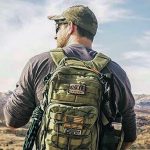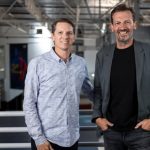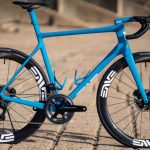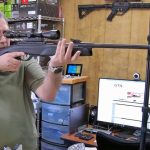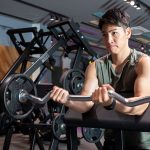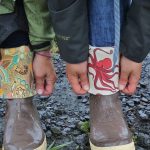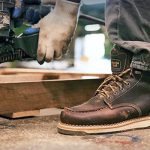Under a new growth program entitled “Route 2015,” the Adidas Group announced plans to grow the business of the entire Adidas Group compared to the expected 2010 results by 45% to 50% to 17 billion euros in 2015. The bottom line is expected to grow faster than top line with a compounded annual earnings growth rate of 15% per year with a goal of reaching an operating margin of 11% by 2015 at the latest.
Adidas, which will reintroduced its outdoor products to the U.S. market in fall 2011, added in its release, “The Group plans to lay the foundation for leadership in the sporting goods industry by outgrowing its major competitor in the next five years.”
According to Bloomberg, Herbert Hainer, CEO of the Adidas Group, said at the presentation, “Over the last decade, we have fundamentally redefined the competitive landscape of our industry, distancing ourselves from once-close competitors. It's now a “two-horse global race,” he said, referring to his company and Nike.
“Brand success means business success for the adidas Group, that's why we have set out clear business targets based on our strong and unmatched brand portfolio,” said Herbert Hainer, CEO of the Adidas Group. “We want to achieve qualitative and sustainable growth by building desirable, leading brands in consumers' and customers' perception. Over the next few years, we will invest in our brands in order to reach our ambitious, but realistic targets. I am confident that our strategic business plan will lead us into a new era of success for the Adidas Group.”
As part of the strategic business plan, Adidas and Reebok are taking clear positions in the marketplace. While Adidas is targeted at competitive sports with its Sport Performance division based on innovation and technology, and towards the sports lifestyle and fashion consumer with its Sport Style division, Reebok will become the fitness and training brand for active and casual sports.
Adidas has identified North America, Russia and China as growth markets where it plans to generate half of the sales increase by 2015, according to Hainer.
About 2,500 stores will be added in China in five years, focusing on lower-tier cities, Hainer said. Adidas plans to increase market leadership in Russia by 10 percentage points to about 70 percent by 2015 and to become the country's biggest supplier of outdoor garments, he said.
Areas within the adidas and Reebok brands that were identified as key contributors to sustainable growth for the adidas Group include:
- establishing Reebok as the leading fitness and training brand;
- gaining sales and market share in the running and basketball categories within the adidas Sport Performance division;
- expanding adidas Sport Style in the fast fashion business with NEO
- and leading the industry in the fields of customisation and interactivity.
Besides these growth projects within the adidas and Reebok brands, several growth initiatives within Global Sales (including Own Retail, eCommerce and Retail Space Management) and efficiency projects across the Group (including Planning, Virtualisation and Organisational Efficiency) are expected to further support the Adidas Group on its way towards qualitative growth and long-term success. In terms of geographical distribution, North America, Greater China, Russia/CIS, Latin America, Japan, UK and India have been identified as key growth markets.
The strategic business plan is the most comprehensive plan the Adidas Group has ever presented, incorporating all brands, sales channels and Group functions globally.
Hainer said: “Since we launched our first growth initiative back in 2001, we have fundamentally redefined the competitive landscape of our industry and have now created what is universally acknowledged as a global two-horse race. From 2001 to 2010, our sales will have doubled to well over 11 billion euros. Our net income over this same period will have almost tripled, to expected earnings of between 560 and 565 million euros in 2010. Therefore, we are now well prepared to enter our next growth phase based on our mission to be the leading sporting goods company in the world.”
According to a report on Reuters, Hainer at the presentation in Germany indicated that Adidas and Reebok brands would account for more than 90% of the planned 45-50% increase in sales. The company also owns TaylorMade, Rockport and Reebok-CCM Hockey.
Sales at the other Adidas Sportsstyle brands, which have more of a style and fashion focus, would grow to 3.7 billion euros from 2 billion, while Reebok sales would rise to 3 billion from 1.9 billion.
“Just one of these divisions will be as big as the Number 3,” Stamminger said, referring to local rival Puma, which last year had sales of 2.5 billion euros.
“It stands to reason that the Adidas group will continue in its role as 'Consolidator-in-Chief', taking market share through organic growth or exploring other business opportunities if they align with the strategic

